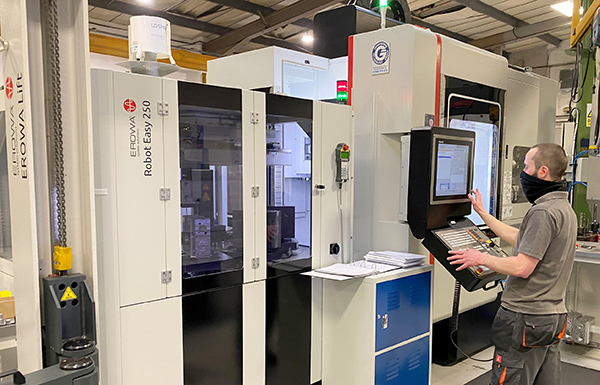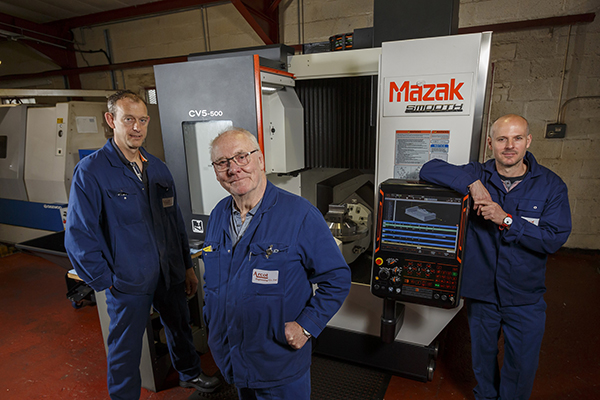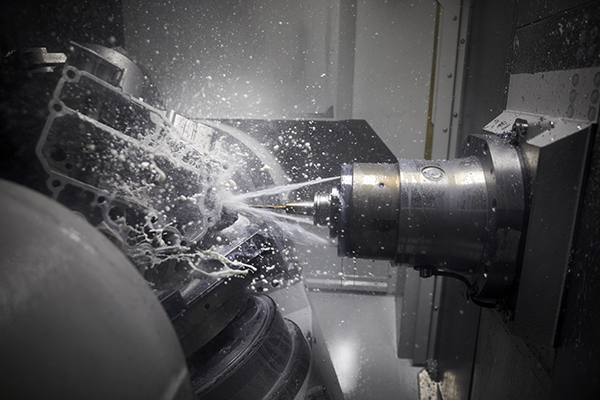
GM CNC has introduced the Victor Vcenter F76 to the UK market for any machine shops seeking a small-footprint three-axis vertical machining centre that is robust, stable, precise and built to last.
Despite its compact footprint, the Victor Vcenter F76 packs a punch with its meehanite casting and A-frame column design. Built upon this foundation is a 15 kW, 8000 rpm BT40 belt-driven spindle that traverses over the 840 x 500 mm table with X, Y and Z-axis travels of 760 by 500 by 510 mm respectively.
The Victor Vcenter F76 can traverse at rapid feed rates of 32 m/min in all three axes. This productivity is complemented by NN-type double roller bearings, 40 mm diameter ball screws and 30/35/45 mm guideways. These technologies help to eliminate backlash and provide bi-directional positional accuracy of 0.010 mm with a repeatability of 0.007 mm.
Affirming this build quality is an overall machine weight of 5260 kg, a FANUC CNC and a barrel-type automatic tool change unit that accommodates up to 24 tools and delivers a tool-change time of 2.4 seconds. As standard, the Victor Vcenter F76 offers fully enclosed splash guarding, screw-type chip remover, air blast, rigid tapping facility, remote MPG, hand tools and toolbox, T nuts for table slots, three-step warning light, and levelling pads.
Some of the options include a spindle upgrade to 10,000 rpm, a 30-tool ATC, an optional 690 mm in the Z axis, rotary tables, coolant and air gun, precision linear scales, oil skimmer, automatic doors, 4th/5th axis interface, auto tool length and part measurement, auto power-off, air conditioning for electrical cabinets, through-tool coolant, and spindle cooling units.
For further information
www.gm-cnc.com























